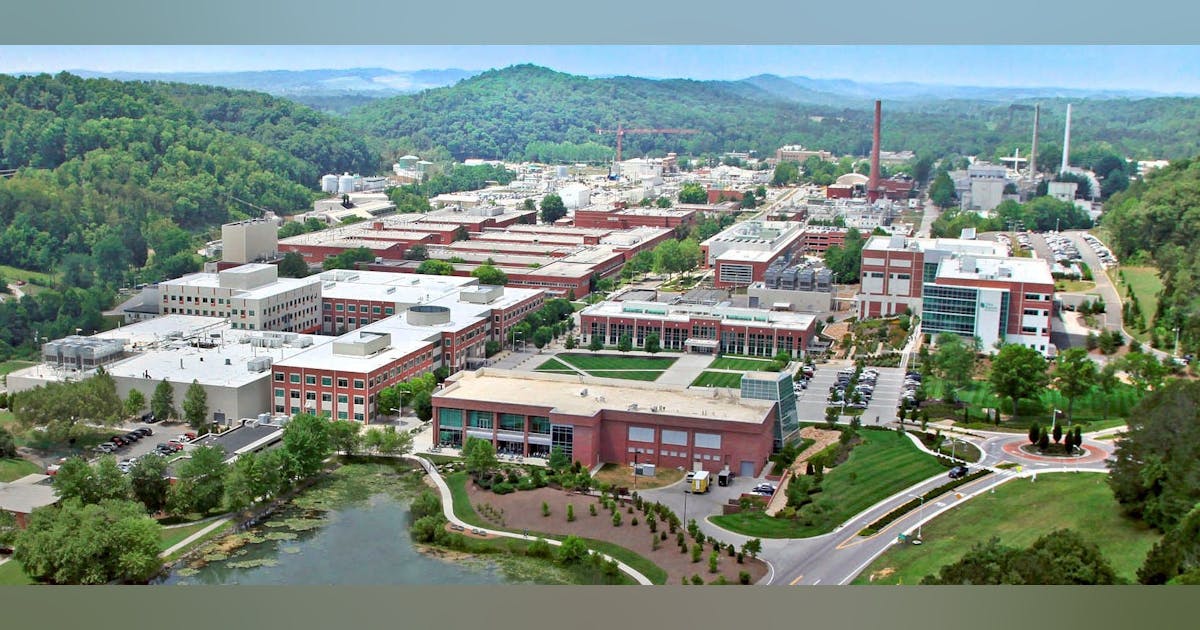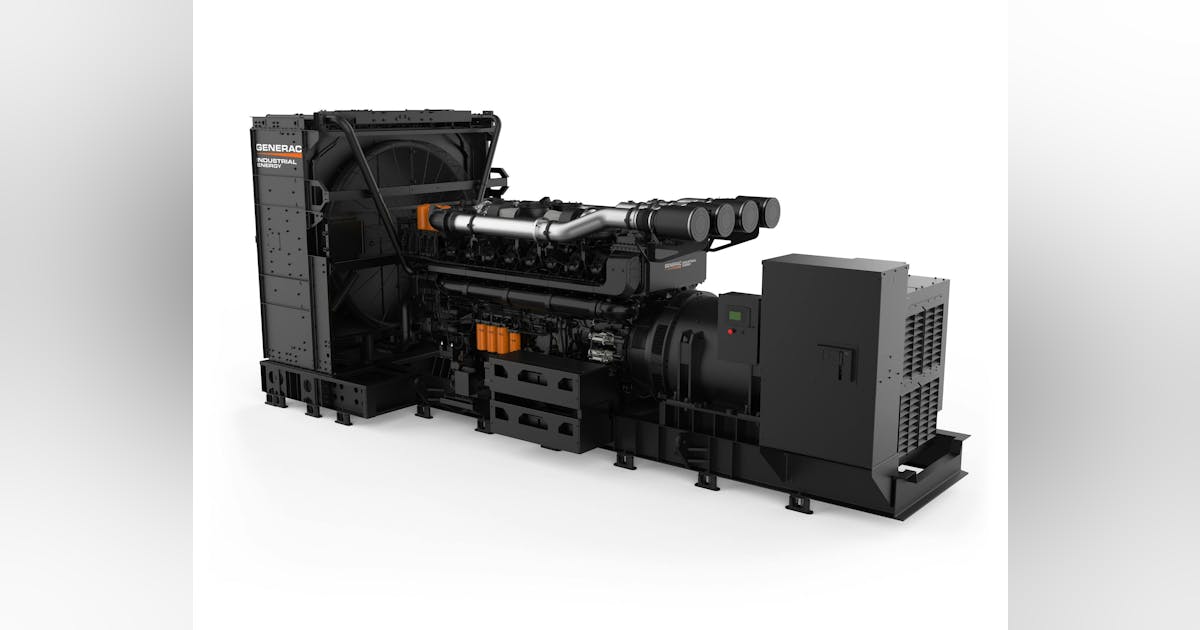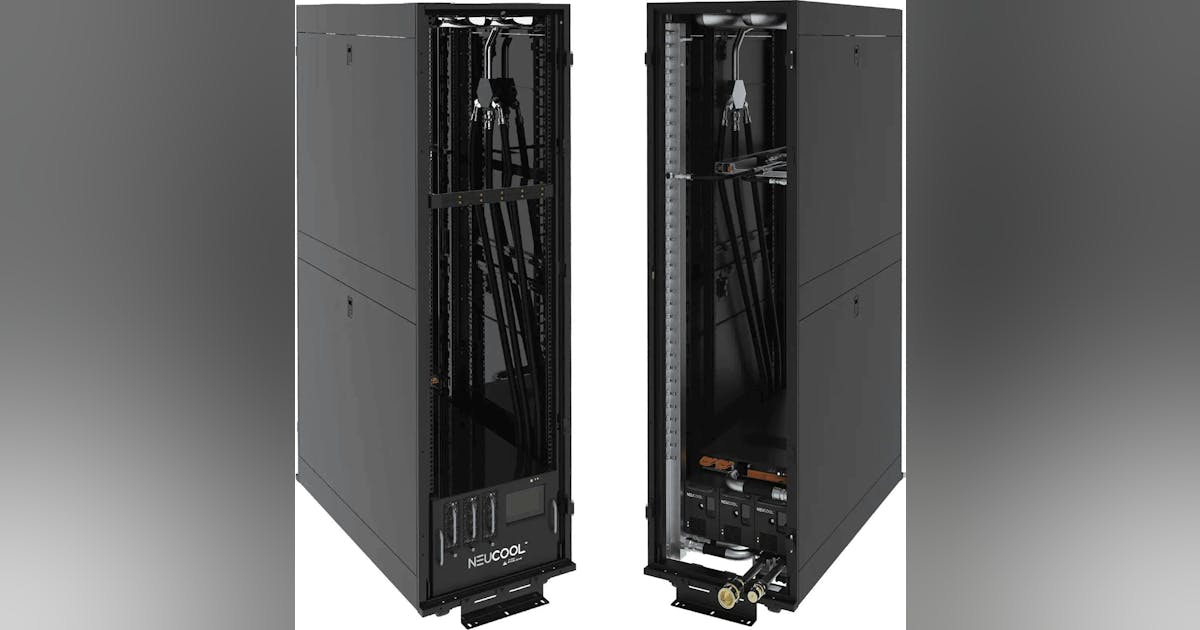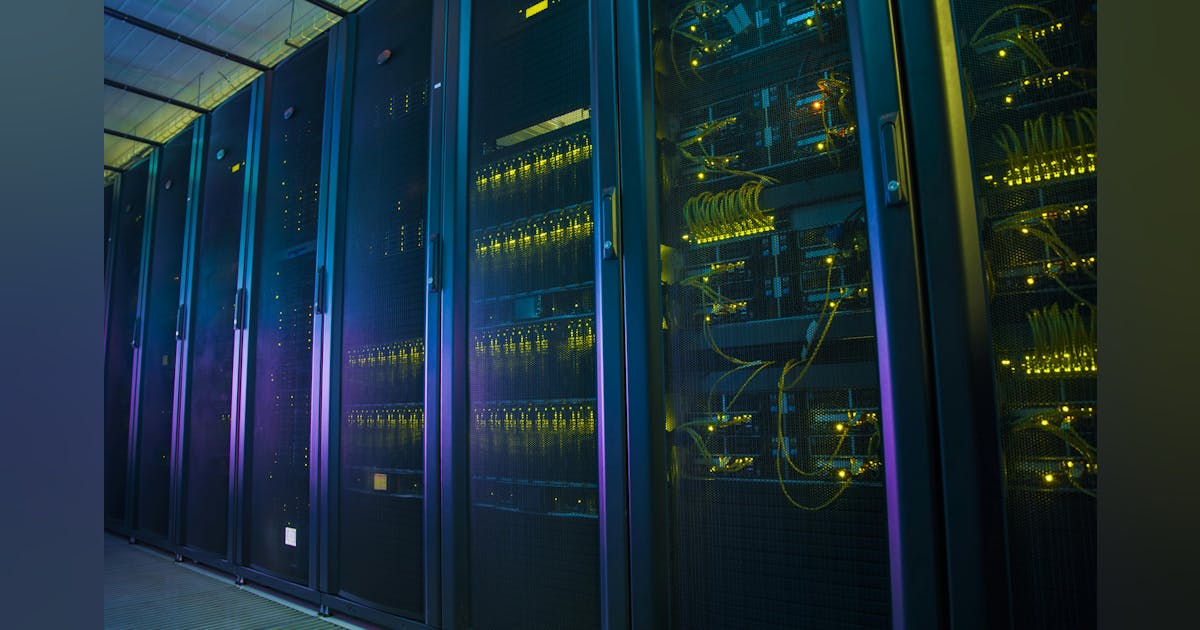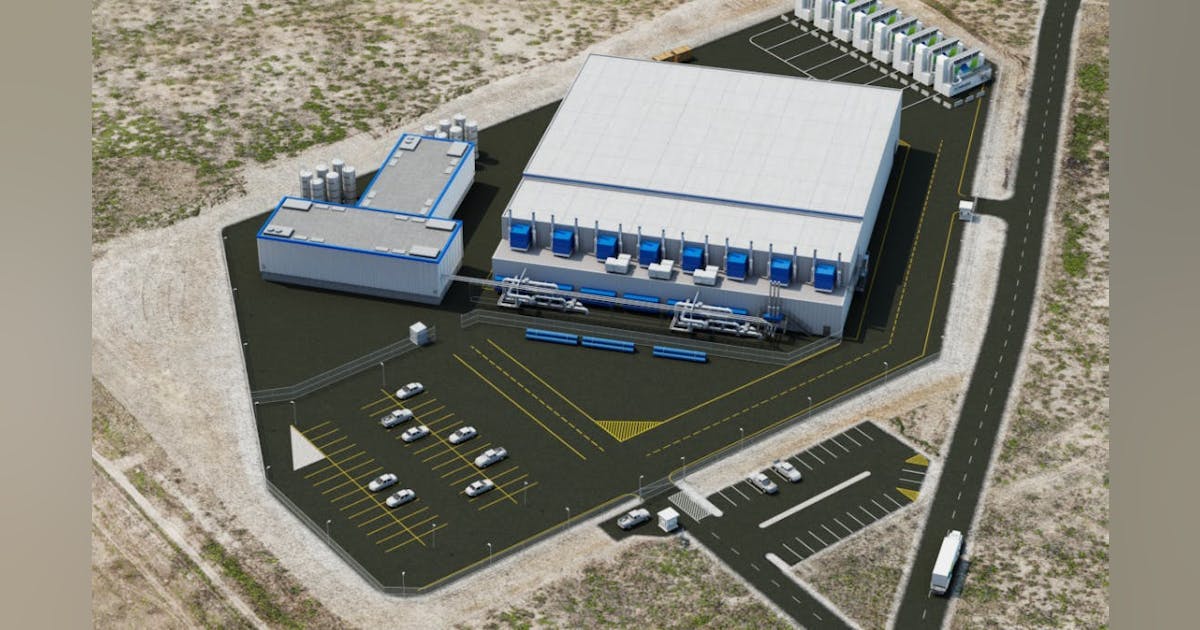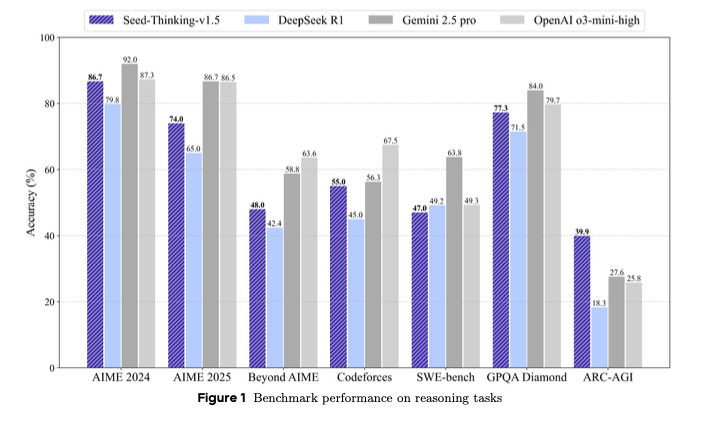
Kuwait Petroleum Corp.’s oil trading unit appointed company veteran Abdullatif Almukhaizeem as chief executive officer, taking the division closer to starting operations just as a clutch of Gulf state-run majors are expanding in the industry.
Robert Johnson, formerly with BP Plc and Klesch Group, has been named chief financial officer of KPC Trading Ltd., the unit’s Chairman Sheikh Khaled Al-Malik Al-Sabah said. He also confirmed an earlier Bloomberg report that former Vitol SA executive Yann Elbaz was hired as chief commercial officer.
Kuwait Petroleum established the unit last May. That followed similar moves by fellow producers in Saudi Arabia, Abu Dhabi and Oman which have boosted their trading of fuels, rather than ceding that business to traditional commodity merchants such as Trafigura and Vitol. Refinery expansions in the region are giving the Middle East companies more volumes for trading and to better compete with rivals from outside the region.
KPC Trading is expected to start operations in the second quarter of this year, Al-Sabah said. The company “is set to establish its position in international markets, strengthening Kuwait’s role in the global energy trade,” he said.
Almukhaizeem, who has been at Kuwait Petroleum since the late 1990s, previously headed the company’s offices in Singapore, China and London, and has helped advance its commercial capabilities. Elbaz, a veteran distillates trader, will help drive KPC Trading’s commercial strategy, while Johnson brings expertise in financial management, corporate governance and risk management, Al-Sabah said.
Kuwait Petroleum previously said KPC Trading will boost sales of jet fuel and diesel to Europe after commissioning the expanded 615,000-barrel-a-day Al-Zour refinery. It may also trade fuel from other producers.
Kuwait’s efforts to establish a trading unit go back to at least 2017, but didn’t take off partly because of political dissent. Since then, the country has added refining capacity, giving it more fuels to sell.
Apart from Al-Zour, which is running at full tilt, a new 230,000-barrel-a-day joint-venture refinery at Duqm on Oman’s Arabian Sea coast is also operating at full capacity and processing crude from Oman and Kuwait. Oman’s OQ Trading is currently handling sales from the refinery for the partners until Kuwait’s trading unit is fully up and running.
WHAT DO YOU THINK?
Generated by readers, the comments included herein do not reflect the views and opinions of Rigzone. All comments are subject to editorial review. Off-topic, inappropriate or insulting comments will be removed.
MORE FROM THIS AUTHOR
Bloomberg











